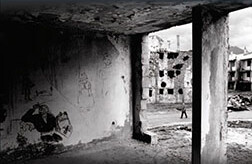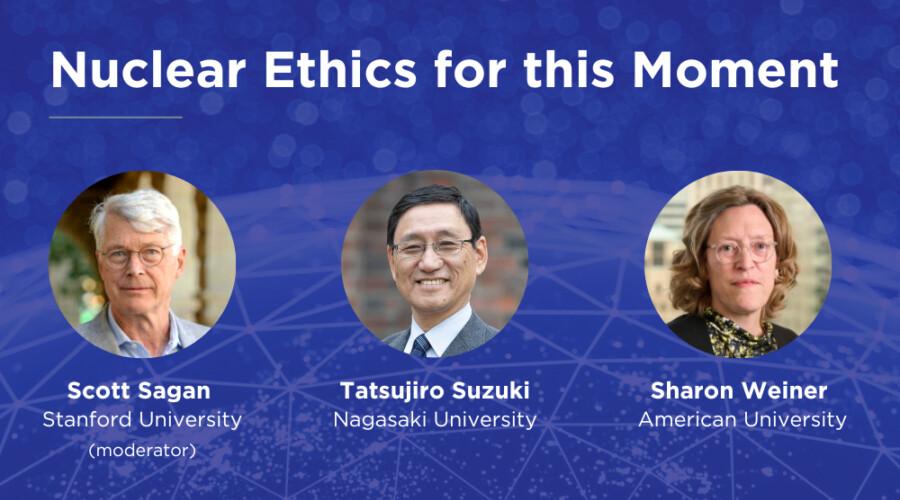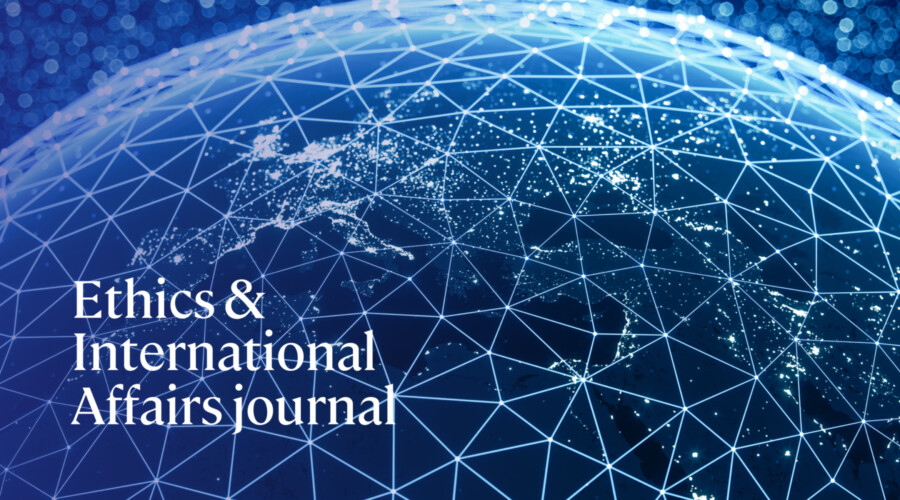Andrea Kathryn Taletnino (Reviewer)
On its face, the concept of liberal peacebuilding offers much to be praised. How could one go wrong trying to instill democracy, human rights protections, the rule of law, economic opportunity, and justice in the aftermath of conflict? Yet one can indeed go wrong, as editors Edward Newman, Roland Paris, and Oliver P. Richmond show in New Perspectives on Liberal Peacebuilding. The book moves beyond the more common analyses of what works and what does not in building sustainable peace in order to raise deeper theoretical questions, such as what can be realistically expected of peacebuilding efforts, whether peacebuilding is a viable project in the form that it is practiced today, and whose vision of the state it promotes.
This volume is an important addition to the literature on peacebuilding and should provoke careful thought about the practice and its implementation. For those looking for easy answers, there are none here, and that is both a strength and a weakness. The book does an excellent job of laying out the multitude of ways in which liberal peacebuilding falls short of its goals by neglecting social needs, failing to incorporate local voices, and ignoring or exacerbating problems of underdevelopment. In doing so, it reveals the extent of the challenge peacebuilders confront when faced with a fractured society and an overwhelming number of social, political, and economic problems. What we see is that the learning curve is far steeper than ever realized and that, after twenty-plus years of peacebuilding efforts, the international community is still groping for answers. Fragility, rather than stability, is often the result.
But the weakness here is that the book never attempts to answer the important questions it establishes for itself. Most of the chapters are critical of peacebuilding efforts as they exist today, but neither the authors nor the editors address the issue of whether peacebuilding is a viable means of instilling liberal values or constructing stable states. Nor do they explain what actually might be expected from it, or, as they hint in some chapters, whether its primary purpose is more simply and more cynically to contain conflict. Thus, questions about whether liberal peacebuilding is a useful strategy for ensuring long-term peace hang in the air. Indeed, it would seem that an approach capable of addressing all the criticisms the authors pose would only be possible under idealized conditions, ones that are very unlikely to exist in a postconflict setting.
The first three chapters are the most provocative. Edward Newman examines the theoretical underpinnings of liberal peacebuilding, suggesting that it may in fact owe less to the liberal tradition than to the realist, in the sense that it is about containing conflict and advancing hegemonic state interests. Similarly, Oliver P. Richmond questions the liberal pedigree of peacebuilding by demonstrating that it proceeds largely in the complete absence of a local connection. Although building local authority is given lip service in the peacebuilding process, in reality the approach pays little attention to local voices, to ownership, or (most damningly) to the spread of benefits across the whole society. Michael Pugh extends this analysis to argue that peacebuilding needs to pay greater attention to social welfare in order to gain the citizens' buy-in and, thus, the capacity needed to actually build peace. He suggests that international actors neglect important socioeconomic needs, and by doing so reinforce inequalities that serve to limit political participation and perpetuate social division. However, the level of socioeconomic welfare that he advocates is greater than what most countries engaged in peacebuilding apply even for their own citizens, so it is difficult to imagine them doing more for populations elsewhere.
The book's second part examines how peacebuilding initiatives have succeeded or failed in particular cases, ranging from Africa to Europe to the Middle East. The case studies are well done and offer important insights into the practical realities bounding the ideals of peacebuilding. They also highlight a common flaw—notably, a lack of attention to social development paired with a tendency to privilege predatory elites. This leads to an outcome completely opposite of what is intended, whereby the gap between the rich and the poor grows, leaders adjust agreements to their individual preferences with little concern for accountability, and much of the population ends up poorer, more excluded, and more vulnerable to identity politics.
Mohamed Salih presents these perversions of the liberal ideal in an excellent survey of peacebuilding in Africa. He focuses on the political economy of peacebuilding to critique it as "insensitive to the centrality of poverty to Africa's fundamental social problems, including conflict" (p. 155). Economic relationships are also an undercurrent in Ian Taylor's chapter on Sierra Leone, which focuses on the ways liberalization programs tend to benefit leaders by providing them new avenues through which to enhance their power at the expense of society as a whole. Rather than creating a new standard of politics, therefore, peacebuilding has reinforced the existing political culture by recreating the "Big Man"—the leader who rules through patronage and personalized power even while talking the language of liberalization (p. 169). A later chapter by Rajesh Venugopal similarly examines how the failure to recognize that the peace process and economic reforms were actually incompatible goals led to the reversal of peace in Sri Lanka.
The gap between local needs and international preferences resonates through every case study. Astri Suhrke and Kaja Borchgrevink examine the importance of Islamic law in Afghanistan and the tension caused by the failure to incorporate it more fully into justice sector reform. International actors tried instead to import secularly-based legal traditions and thus failed to create a system that was fully responsive to the local context. Vesna Bojicic-Dzelilovic analyzes how peacebuilding in Bosnia-Herzegovina has stimulated economic growth while at the same time creating political stagnation. Caroline Hughes shows how in Timor-Leste local communities were ignored in political restructuring and then forced to essentially beg for funds from international organizations. As a result, the goals of peacebuilding are turned on their head; international actors are empowered at the expense of local ones, and the latter become increasingly marginalized and resentful.
Jason Franks perhaps goes furthest in his critique, using the Palestine-Israel case to argue that liberal peacebuilding is a "camouflaged version of the victors' peace," a mere Trojan horse for Western hegemony (p. 269). That notion of peacebuilding as a means of establishing security interests also resonates through Marie-Joelle Zahar's chapter on Lebanon and Sorpong Peou's chapter on Cambodia.
The case studies conclude with Carlo Nasi providing a somewhat surprisingly (in light of all that went before) positive account on peacebuilding in Central America. But what the final chapter reinforces is perhaps the most important lesson about peacebuilding— that theory melts in the face of reality. The issues are so complex and entwined, and the facts on the ground so context dependent and rapidly shifting, that the project of liberal peacebuilding is almost guaranteed to have limited value. Those who expect a liberal peace to result are likely to be disappointed.
—Andrea Kathryn Talentino
Andrea Kathryn Talentino is associate professor of international relations at Drew University. She is the author of numerous articles on peacebuilding, as well as Military Intervention After the Cold War: The Evolution of Theory and Practice (2006).


